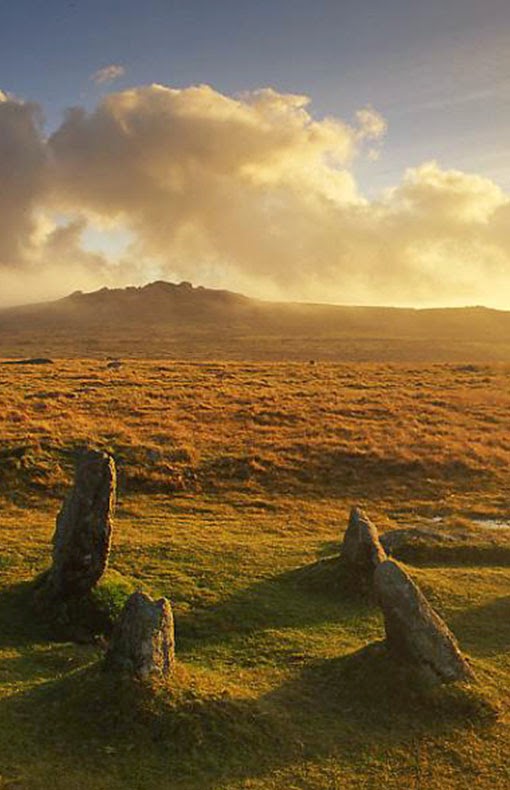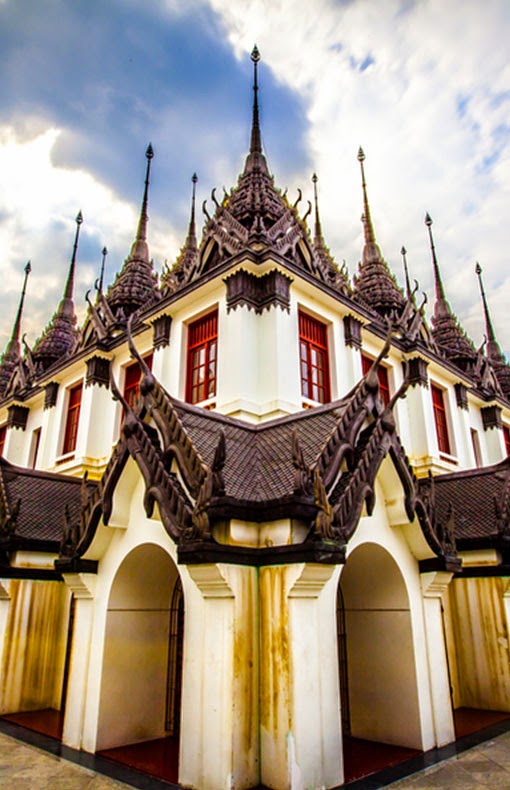Image|Link
Introduction:
The Val d’Orcia, or Valdorcia, is a region of Tuscany, central Italy, which extends from the hills south of Siena to Monte Amiata. It is characterised by gentle, carefully cultivated hills occasionally broken by gullies and by picturesque towns and villages such as Pienza.
Image|Link
Facts:
Medieval castles, sunny rolling hills, isolated hilltop towns, charming farmhouses and isolated rural homes, avenues of cypresses, rows of vineyards, olive groves, and golden wheat fields are just some of the elements of the fantastic and harmonious landscapes of Valdorcia.
Image|Link
The Val d’Orcia is characterised by gentle, carefully-cultivated hills occasionally broken by gullies and by picturesque towns and villages such as Pienza (rebuilt as an “ideal town” in the 15th century under the patronage of Pope Pius II), Radicofani (home to the notorious brigand-hero Ghino di Tacco) and Montalcino
Article Sources : Link|Link|Link






















.jpg)







